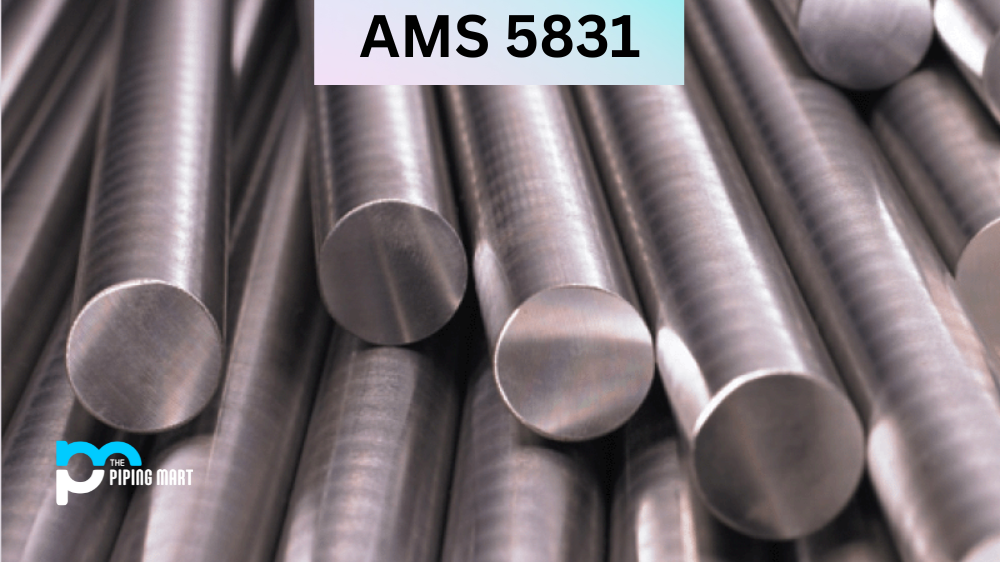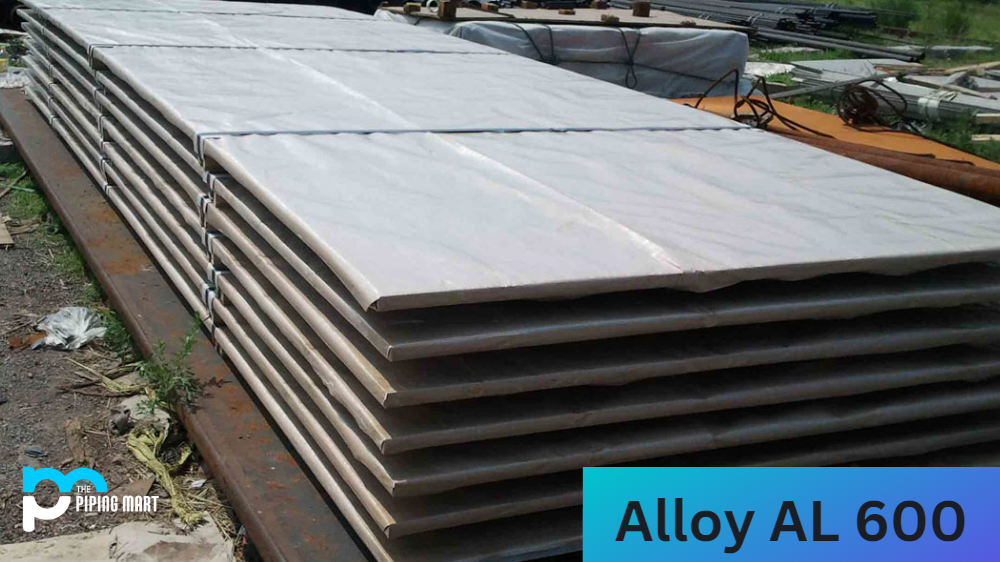The materials used are crucial in their overall performance and durability regarding equipment and machinery in the aerospace and industrial fields. AMS 5831, also known as a nickel-based superalloy, is an essential material in these fields. This material is highly sought-after for its exceptional properties, making it an ideal choice for various applications. In this blog post, we’ll discuss everything you need to know about AMS5831, from its composition to its uses.
What is AMS 5831?
AMS 5831 (also known as Haynes 566 Alloy) is an aircraft titanium material specification developed by the Aerospace Material Specification Standard (AMS). It is a precipitation-hardenable alloy with superior strength, flexibility, durability, and formability. This makes it ideal for applications in high-performance aerospace components such as turbine blades, structural frames, and engine compressor parts.
AMS 5831 Composition
AMS 5831 is a nickel-based superalloy primarily composed of nickel, iron, and chromium. Other elements, including titanium, aluminium, and molybdenum, may also be present in smaller amounts to enhance their properties. The precise composition of AMS5831 varies depending on its intended use, but it typically contains around 60% nickel, 20% iron, and 10-15% chromium.
| Elements | Content (%) |
|---|---|
| Iron, Fe | 31 |
| Chromium, Cr | 22 |
| Nickel, Ni | 20 |
| Cobalt, Co | 18 |
| Molybdenum, Mo | 3 |
| Tungsten, W | 2.5 |
| Manganese, Mn | 1 |
| Tantalum, Ta | 0.6 |
| Silicon, Si | 0.4 |
| Nitrogen, N | 0.2 |
| Aluminum, Al | 0.2 |
| Carbon, C | 0.1 |
| Lanthanum, La | 0.02 |
| Zirconium, Zr | 0.02 |
AMS 5831 Physical Properties
AMS 5831 exhibits excellent physical properties, including high strength, resistance to corrosion and oxidation, and thermal stability. It can withstand extremely high temperatures without losing its strength or deformability. Additionally, it has good flexibility, allowing it to be easily shaped and formed into various parts and components.
| Properties | Metric | Imperial |
|---|---|---|
| Density | 8.23 g/cm³ | 0.297 lb/in³ |
| Melting point | 1371ºC | 2500ºF |
AMS 5831 Mechanical Properties
Besides its exceptional physical properties, AMS 5831 also boasts impressive mechanical properties. It has a high resistance to fatigue and stress corrosion cracking, making it a reliable material for parts and components that undergo frequent stress and load. Its high tensile strength and durability make it an ideal choice in high-stress environments like jet engines.
| Properties | Metric | Imperial |
|---|---|---|
| Tensile strength | 815 MPa | 118000 psi |
| Yield strength | 410 MPa | 59500 psi |
| Charpy impact | 240 J | 177 ft. lb |
| Elongation at break | 47.70% | 47.70% |
| Elastic modulus | 205 GPa | 29700 ksi |
AMS Equivalents
- AMS 5831
- AMS 5874
- AMS 5877
- ASTM B366
- ASTM B435
- ASTM B572
- ASTM B619
- ASTM B622
- ASTM B626
AMS 5831 Uses
AMS 5831 is widely used in aerospace and industrial fields, serving various applications. It is commonly used for manufacturing turbine blades, exhaust parts, combustion chambers, and other high-temperature components in aircraft engines and land-based gas turbines. The material is also used in the petrochemical industry for fabricating pressure vessels and pipelines.
AMS 5831 Hardness
AMS 5831 varies depending on heat treatment and alloy composition. The material is typically soft in its annealed state, with a hardness of around 70 HRB. However, after heat treatment, the material’s hardness can reach up to 40 HRC, making it suitable for high-stress applications.
AMS 5831 Heat treatment
Due to its chemical composition, AMS 5831 can be heat-treated to further enhance its mechanical properties. Heat treatment involves heating the material to a specific temperature and then rapidly quenching it to obtain desired properties. Heat treatment can significantly improve the material’s strength, flexibility, and resistance to fatigue and corrosion.
Conclusion
In conclusion, AMS 5831 material is an essential material in aerospace and industrial fields, valued for its exceptional physical and mechanical properties. Its high strength, corrosion resistance, and thermal stability make it a reliable choice for manufacturing critical components, such as turbine blades and pressure vessels. AMS 5831’s unique properties make it ideal for environments and applications that require materials to withstand high temperatures, pressures, and stresses for prolonged periods. With its versatility, durability, and efficiency, it’s no surprise that the AMS 5831 is a popular choice among manufacturers and engineers.

A passionate metal industry expert and blogger. With over 5 years of experience in the field, Palak brings a wealth of knowledge and insight to her writing. Whether discussing the latest trends in the metal industry or sharing tips, she is dedicated to helping others succeed in the metal industry.




